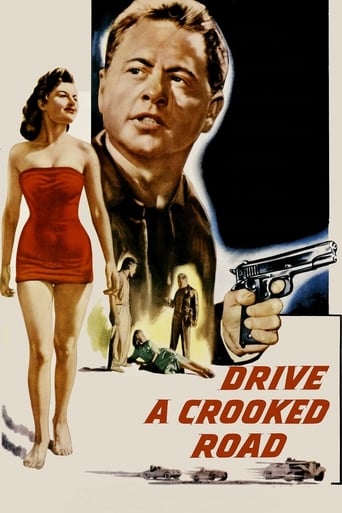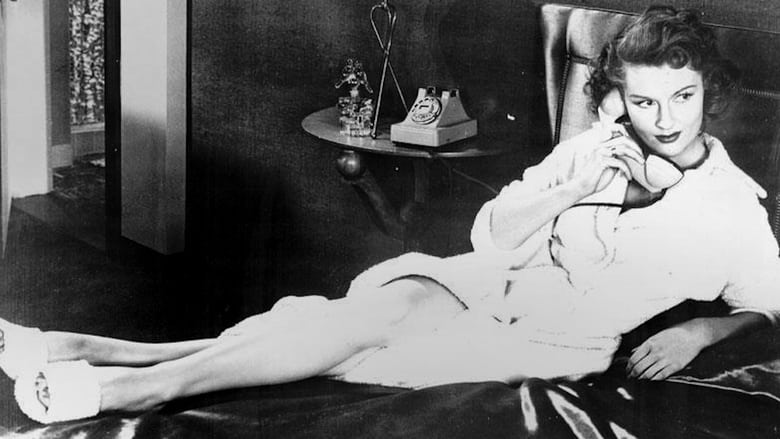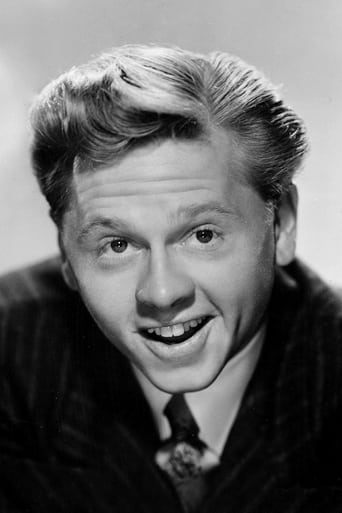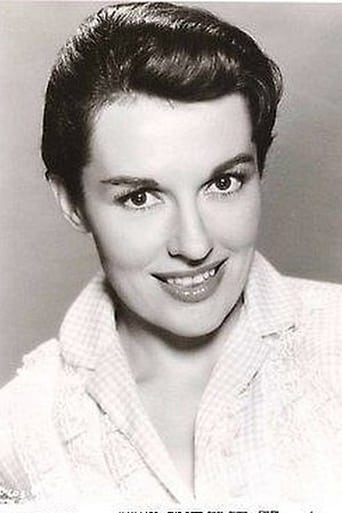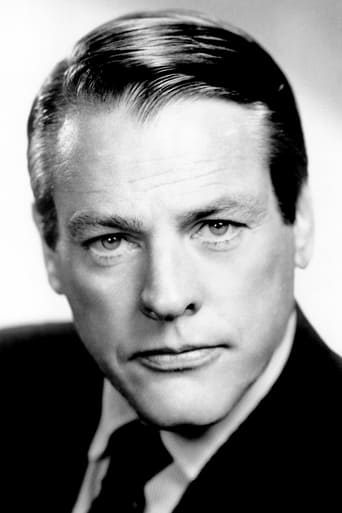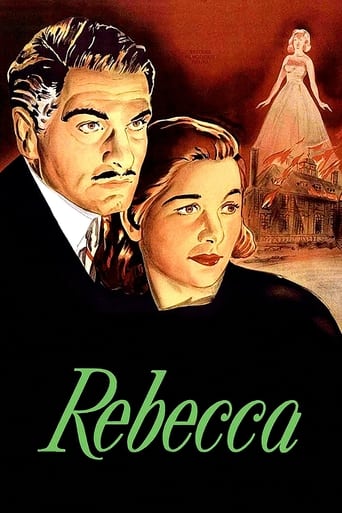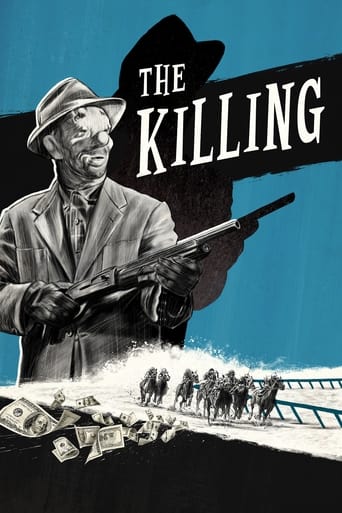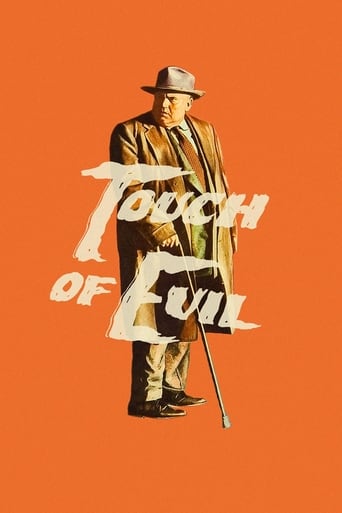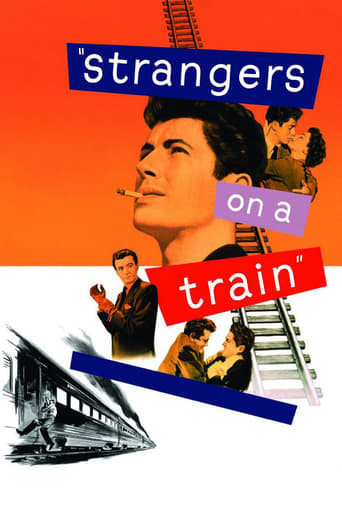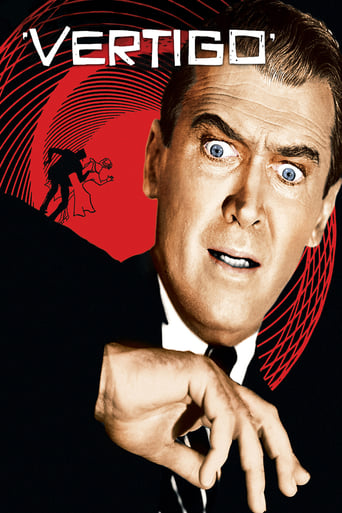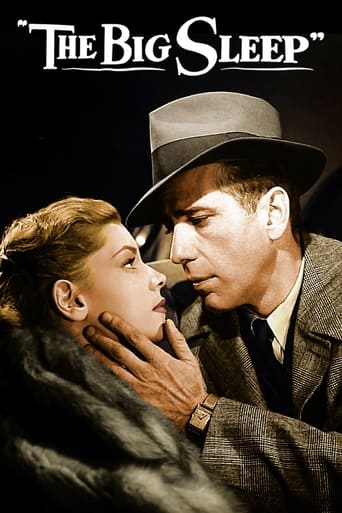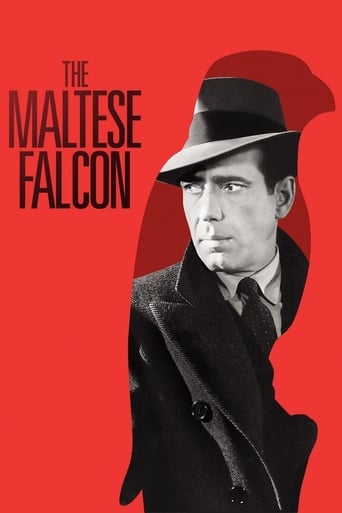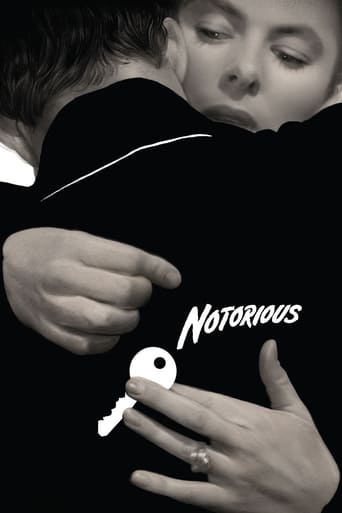Drive a Crooked Road (1954)
A mechanic gets caught up with the mob when he falls for a gangster's girlfriend.
Watch Trailer
Cast


Similar titles
Reviews
"Drive a Crooked Road" is an excellent picture--written by Blake Edwards and starring Mickey Rooney. Most would probably consider it an example of film noir, though its camera-work and dialog aren't exactly typical for noir.When the story begins, you learn that Eddie (Rooney) is a small-time race car driver and mechanic. He also is rather quiet and is treated rather poorly at times due to his being so small. Because of that, he's vulnerable when a pretty lady (Dianne Foster) begins showing him a lot of attention. But she is not such a nice lady and halt ulterior motives. It seems her boyfriend (Kevn McCarthy) is a mobster and they are actually setting him up to become part of their robbery scheme! What's next? See the film.Most Mickey Rooney films, particularly those earlier in his career, are similar because Mickey plays nice guys or guys who become nice guys. Here, however, he agrees to become entangled with gangsters...gangsters who really are scum. Overall, well acted and interesting throughout...and well worth seeing. If you are interested, it's currently posted on YouTube.
Drive a Crooked Road is directed by Richard Quine who also co-adapts the screenplay with Blake Edwards from a story by James Benson Nablo. It stars Mickey Rooney, Dianne Foster, Kevin McCarthy and Jack Kelly. Music is by Ross DiMaggio and cinematography by Charles Lawton Jr.Car mechanic and race car driver Eddie Shannon (Rooney) is surprised when beautiful Barbara Mathews (Foster) shows interest in him. Normally the butt of jokes at work and uncomfortable around women, Eddie falls for Barbara's charms big time. Is it too good to be true? You bet it is...Frustrating! Neatly performed by the principal performers and featuring classic noir characters, yet it's a picture not being all that it can be.The pace is borderline laborious as characterisations are formed and film's central plot device unravels for the first two thirds of the piece. That the acting is so strong keeps us interested, Rooney, in a performance he was very fond of, tugs the heart strings with a beautifully understated performance as the dupe falling into a world that is alien to him. Foster as the femme fatale is sexy and sultry and utterly convincing in the way she lures Eddie into the web. That web is being spun by McCarthy's suave and sly Steve Norris, who backed up by the witty and edgy William McIntyre (Kelly), has plans afoot to break more than just the Palm Springs Bank.It's very good characterisations, undeniably, but visually the film is flat. Oh the L.A. locations used are nice to look at, but the all round sunny days feel to the surroundings never sits comfortably with the human dynamics. Then there is the problem of the "big pay off" for the last third. All things are in place for some excitement but the makers fail to deliver, the action sequences are brief and only adequately constructed. While although the closing scene carries enough of a sting to lift the production out of the mundane, this is just watchable fare without being essential for the film noir enthusiast. 6/10
As other reviewers point out, America's favorite little guy was at a career crossroads at this point (1953). All in all, this downbeat low-budget caper film was a gutsy choice for MGM's former golden boy. Not only is Rooney's Eddie Shannon a rather pathetically repressed and vulnerable nobody, but the script stays entirely within that character, allowing Rooney none of his usual assertive (and often annoying) antics. The result is perhaps the biggest departure of his career, and also perhaps the most moving. The film itself is a good one, benefiting from unfamiliar Southern Cal locations, excellent acting from a number of up-&-comers, Jack Kelly , Kevin McCarthy, et al., and a plausible script. As a caper film, it's inferior to the best ones of that decade (The Asphalt Jungle, The Killing, etc.), but as an account of one man's sad and lonely plight (never a Hollywood biggie), it holds its own with the best of them, thanks to Rooney.
Is there such a thing as a male weeper? Bang The Drum Slowly certainly belongs, as do parts of The Knute Rockne Story (`Let's win this one for the Gipper!'). Probably the whole athlete-dying-young genre does for men what Stella Dallas did for women. Another candidate for inclusion is Drive A Crooked Road, a 1954 noir starring Mickey Rooney.Rooney's abbreviated stature helped keep him in pictures as America's oldest teen-ager. But once he hit 30, it was inevitable that adult roles should come his way. As the noir cycle was in full swing, that's where he landed. In The Strip and Quicksand, he still managed to pass as a stripling. By the time of this movie, however, he was well into his 30s, with broad hits of chubbiness settling into his face and midriff. He was still the star, not yet relinquished to character roles, though it was unclear how to handle him. So he became a misfit a `freak.' He's an awkward, lonely auto mechanic with dreams of driving someday in the Grand Prix dreams he knows won't come true. With one exception, his fellow mechanics tease him mercilessly, especially about his lack of sexual experience. One day an unattainable woman (Dianne Foster) gives him the big eye, and he succumbs, however tentatively at first. (His ache for her is palpable when she plays hard to get, as he tosses on his rooming-house bed with his few racing trophies now emblems of hollow triumph). But she's just a cat's-paw for her real boyfriend, Kevin McCarthy, living the high life in his beach-house bachelor pad; he's planning to knock over a bank in Palm Springs and needs Rooney as his daredevil driver. With Foster's increasingly reluctant urging, Rooney signs on....The resolution, of course, is the falling out of thieves; a large portion of the plot was to be echoed, 10 years later, in Don Siegel's remake of The Killers. Though the robbery and escape should have been the centerpiece, or at least the central set-piece, of the movie, here it seems curiously perfunctory (these comments are based on viewing a version some minutes short of recorded running times, however). But the movie's staying power lies in Rooney's portrayal of the dupe, the victim all the more memorable for being so understated.

